|
More autumn colours from some urban green spaces. Technical details: Olympus ZD 12-60mm lens; all unedited and straight from the camera, except the second photo which has had levels adjusted. St James's Park: Regent's Park (taken on 5th November):
0 Comments
Back home and eager to appreciate the Autumn colours... The below write-up and captions are written by the wise environmentalist Thanusan (AKA Dan).
An honest country walk is never too far away. With a bit of planning, a few hours to spare and not least a stubborn fondness for fresh air, it is quite possible to make a quick yet worthwhile getaway from the humdrum of London. A stone’s throw from Amersham and well within the comfort of the M25, begins the Misbourne Valley walk - one of many wonderful routes that criss-cross the edge of the Chilterns. Being pressed for time, we stuck to a section of the route close to the River Misbourne, that led via the sleepy village of Chalfont St Giles through thickets of woodland and back. With Autumn well under way, we were hoping to catch the colours before the season was out. Woodlands are always a joy to behold, but even the humblest of thickets can turn into something of a spectacle at this time of the year. A short walk through Rushcroft Wood and we arrived at Chalfont St Giles. The small village churchyard is well worth a visit, and curiously enough a perfect spot for bird watching. The village was also incidentally home to John Milton, who moved there during the Great Plague in 1665. Milton’s cottage which still retains its Tudor character is a popular attraction in the village, and opens daily between March and October, barring Mondays (which of course we did not know till we arrived). Our good luck ensured we turned up promptly on a Monday; a useful point to consider when visiting Chalfont! We did not though let that deter our spirits. Indeed that would be hard in a village as gorgeously simple, free from the blight of Tesco and all the fanfare of larger towns. Long may it stay that way! Before we left, we bought a little piece of Chalfont to preserve the visit – a fine jar of locally made damson jam, from Stratton Bakery, a few shops up from Milton’s Cottage. Technical details: Olympus ZD 12-60mm lens; all unedited and straight from the camera. Madafu Moxie is a budding African fashion brand, specialising in Kai pants. Below is a sample of pre-edit product photos taken with Heer Raja, co-founder of Madafu Moxie.
Technical details: Sony 35mm lens; all unedited and straight from the camera. This breathtaking national park gains its name from the break in the cliffs, and the analogies continue - the devil's kitchen (hot and cold springs), the devil's shower (hot spring waterfalls) etc. Perhaps the most appealing aspect of visiting was that we were free to walk around, as KWS describes it "a walk on the wild side".
The harsh and dramatic scenery of the gorge has inspired much of the settings of Lion King, and Tomb Raider was shot in the gorge itself. A particular wildlife highlight was seeing some enormous birds encircling the skies: Rüppell's Vultures and Verreaux's Eagles. The former have about an 8 foot wingspan and fly over a hundred miles in order to find food in Maasai Mara and Nairobi, returning back to their nests in Hell's Gate. We were advised to take a guide as we had been warned about recent flash floods causing fatalities - the gorge can fill-up very quickly. Our Maasai guide entertained us while telling his story of a tribal boy who was more interested in nature and education than herding cows. After being outcast by his father, he grew up in an orphanage and upon reaching adulthood and coming of age he decided that he had to re-initiate himself into the society. The traditional ritual was that in order to prove his strength and bravery, he had to kill a lion. Armed with nothing more than a spear, he set-off with the men of his tribe on a week-long search for a lion. Once found, they circled it and our guide threw his spear before being given the go-ahead by the leader. Perhaps even less fortunate was the outcome - although the spear hit the lion it did not injure it and it attacked him. The rest of the group had to flee, leaving him injured but he was later helped back home (another week-long journey) and it took six months to recover using local herbal remedies. He was given honorary initiation back into the tribe in consideration of his ordeal, but he is still trying to accumulate a herd of cattle so that he can afford to pay a dowry and get married! Technical details: Olympus ZD 70-300mm and 12-60mm lenses; all unedited and straight from the camera except for some of the small bird photos. which have been cropped. Another late post - but better late than never! A Sunday picnic to Paradise Lost, a lovely getaway about 8 km from Nairobi off Kiambu Road. Although there's a little wildlife, we enjoyed the walk to the waterfall, the caves and boating on the lake. And the company of course!
Technical details: Olympus ZD 12-60mm lens; all unedited and straight from the camera. Below is a selection of initial pre-edit photos taken for AfrIn, an aptly named new fashion brand offering African-Indian fusion clothing. AfrIn is based in Nairobi, Kenya.
AfrIn Owner and Designer: Poonam Vora Models: Yvonne Wanjiku and Maureen Nkatha Technical details: Sony 35mm lens; all unedited and straight from the camera. A delayed flight back to Kenya (and kind lifts from Dilip Uncle) gave us the chance to spend a few hours in Victoria, the capital of Seychelles.
Technical details: Olympus ZD 12-60mm lens; all unedited and straight from the camera. A few photos of out last dusks and dawns in Praslin, witnessing gorgeous sunsets and serious waves on fabulous beaches! A few photos have captions. Scenic flight moments (flying from Praslin back to Mahe) captured on the (slightly shaky) video below - but worth skipping through!
Technical details: Olympus ZD 12-60mm and 70-300mm lenses; all unedited and straight from the camera. When we booked our taxi boat to Cousin, we were told it was only an 8 minute motorboat ride away. Unfortunately (or fortunately) the sea was a lot less calm a few mornings later and we had quite an adventure (and soaking) when boating our way through the rough choppy sea - luckily our boatman had a waterproof back and we'd brought extra large carrier bags for the camera bag! The journey actually took us about 45 minutes. To land on Cousin's fine beaches, you have to board a speedboat (in the sea) on which you are told to hold on tight - the boat is driven at full speed, cutting through the waves like a jet ski, onto the white sandy beach. Why? In order to reduce human imprint on the beach itself.
After disembarking, everyone is strongly advised to put insect repellent on, properly - there were dozens of Odomos tubes (indian insect repellent cream) provided. Will had also given us mosquito suits but we thought we'd brave it as Seychelles seemed moderately mosquito-free compared to the lake-town of Kisumu. In fact, I've never had to reapply the mosquito repellent every half hour like I did in Cousin's dense vegetation. Cousin Island is a stunning bird island, designated as a special reserve and it was bought by Birdlife International while managed by Nature Seychelles. With no development and totally reserved for conservation, Cousin Island has the highest density of lizards per hectare in the world (although it didn't seem like this!); it is home to 300,000 nesting seabirds, the longest millipede in the world and an important nesting site for Hawksbill turtles. We had never seen such a place teeming with wildlife, and even more so, birdlife. With no natural predators and only conservationists and visitors, the birds are completely unafraid of humans - we could walk right up to nesting chicks at the base of trees and they would barely bat an eyelid - they felt so safe and secure! We were extremely lucky to see one of the first nesting Hawksbill turtles of the year - photos below capture some of the wildlife we witnessed. Technical details: Olympus ZD 70-300mm lens; all unedited and straight from the camera. A 30 minute ferry (catamaran) ride from Praslin took us to the picturesque, timeless oasis of La Digue - Seychelles' third largest inhabited island, home to 2000 people and less than 30 motor vehicles (mostly used for cargo / construction). A truly tropical Center Parcs, the main mode of transport are bicycles, widely available to rent. Interestingly, as we moved to the smaller islands, the locals found the larger islands "too busy"! Few people around the world would think Praslin, with its population of 5000, had too much hustle and bustle - but you'd find them in the sleepy island of La Digue, where ox-carts still operate!
Most photos have captions - click (or hover) to enlarge and read. Technical details: Olympus ZD 12-60mm (mostly) and 70-300mm (tortoise, crab and hat photos) lenses; all unedited and straight from the camera. |
Vote for your favourite 2013 photos here!
Archives
July 2014
Categories
All
|
© 2016 Capture the Soul Photography. All rights reserved.








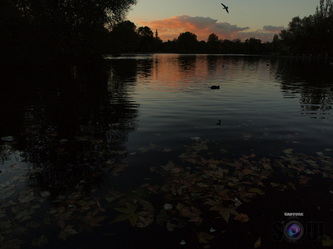

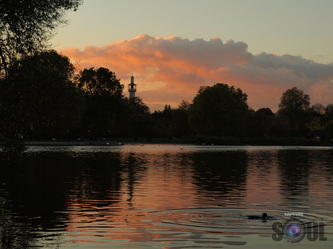
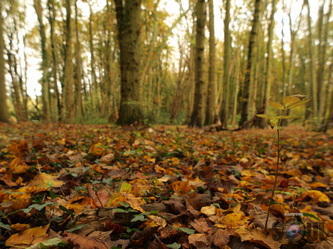



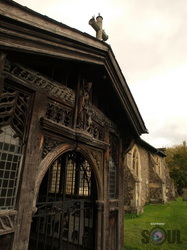











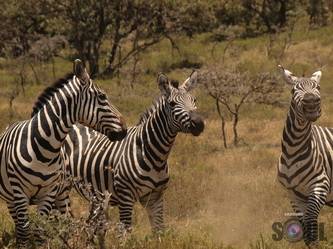



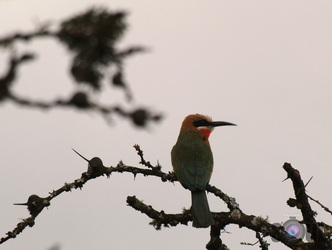

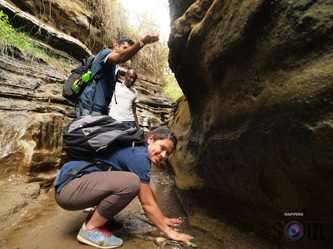
































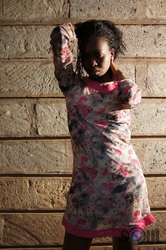






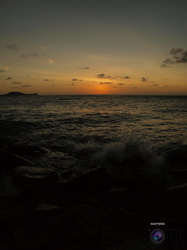

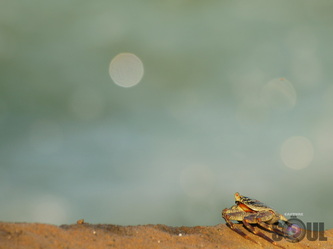








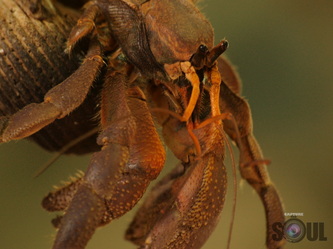












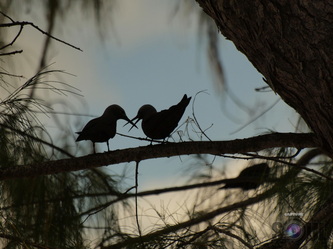




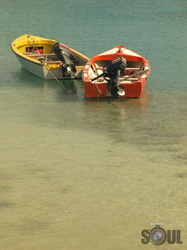
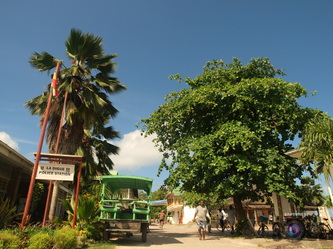








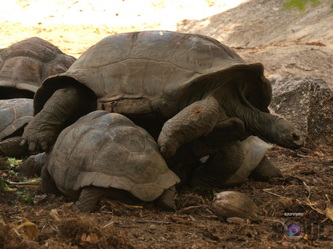






 RSS Feed
RSS Feed